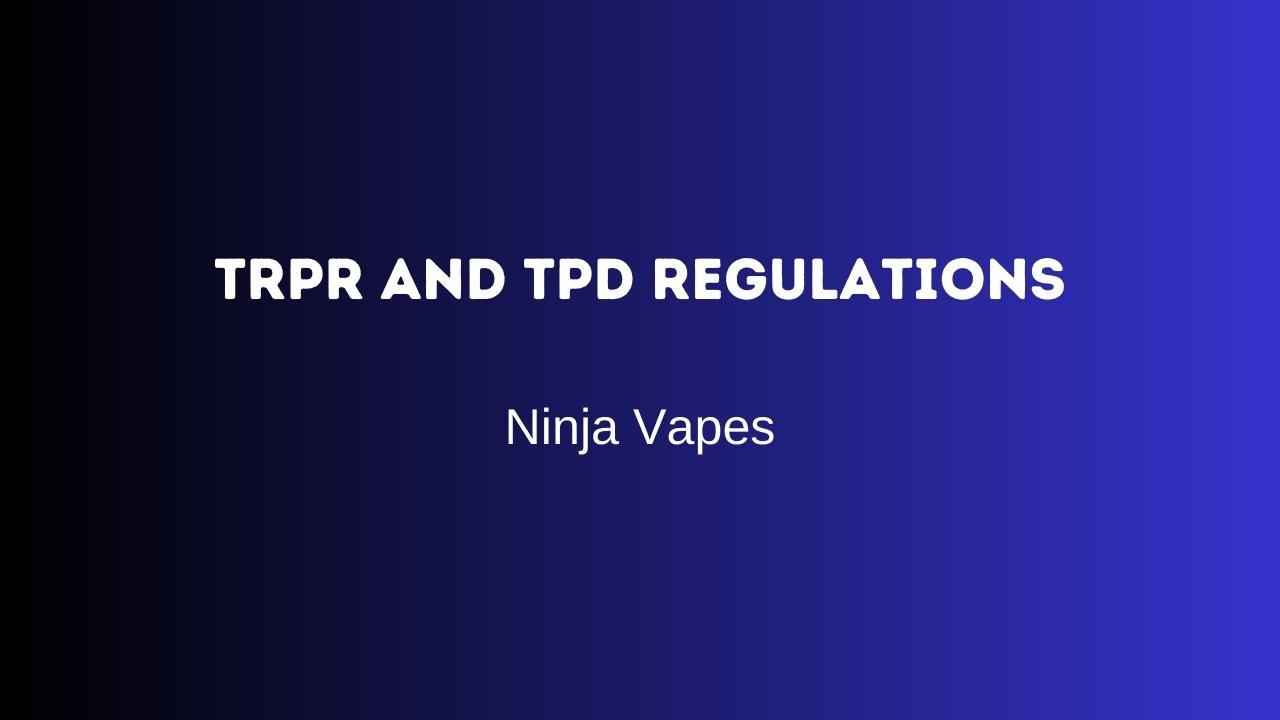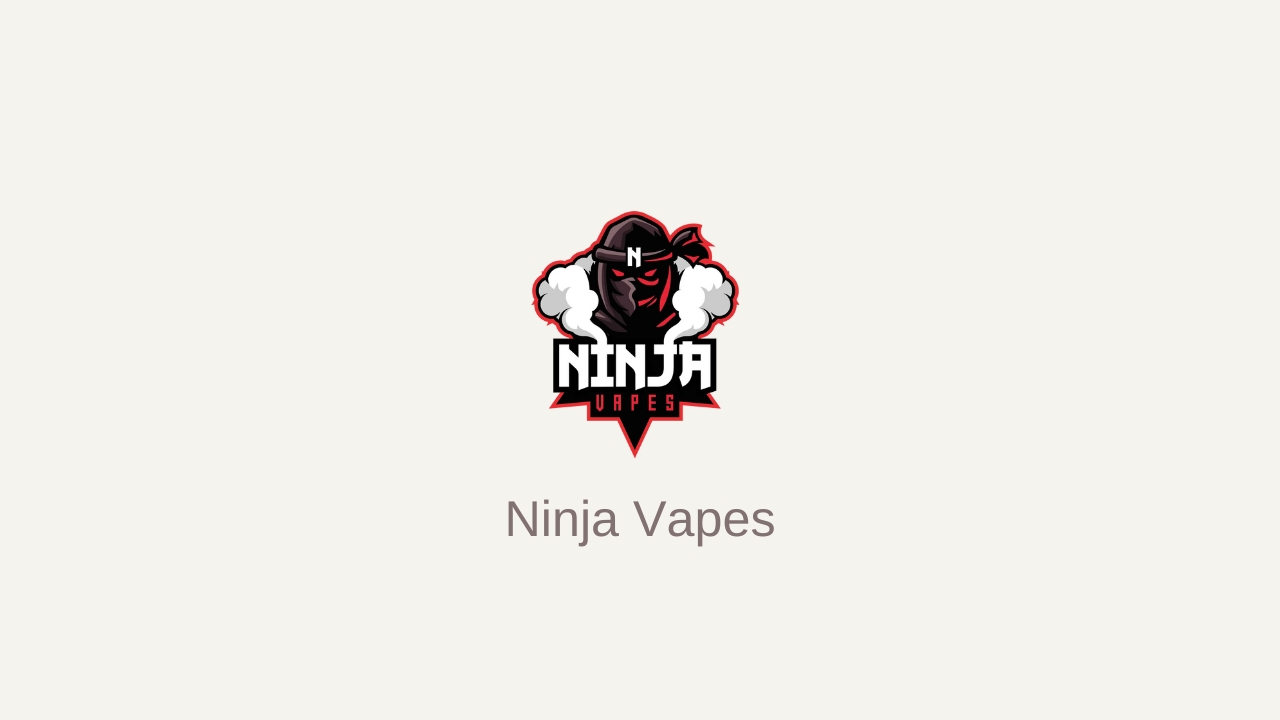TRPR and TPD Regulations
June 9, 2023
Tobacco-Related Products Regulations (TRPR) is a government regulatory authority that deals with all tobacco-related products in the country. After the boom of vaping and related products in the market; they fell into the jurisdiction of TRPR as well. Now all the products containing nicotine in any form will be regulated by this authority. It is the new version of formerly known as the Tobacco Products Directive (TPD) which was formulated by the European Commission.

Tobacco-Related Products Regulations (TRPR) is a government regulatory authority that deals with all tobacco-related products in the country. After the boom of vaping and related products in the market; they fell into the jurisdiction of TRPR as well. Now all the products containing nicotine in any form will be regulated by this authority. It is the new version of formerly known as the Tobacco Products Directive (TPD) which was formulated by the European Commission.
The TRPR regulations were introduced in May 2016 but it was fully implemented in May 2017. After this regulation was made incumbent, no nicotine product in the country was allowed without the TRPR license. The regulation made certain rules and criteria for the manufacturers in making and distribution of the vape products to make them safe and avoid any inconvenience. These regulations deal with manufacturing standards, packaging, distribution, marketing etc.
There are a number of safety protocols and regulations by the authority and you can access them all in the TRPR Document of regulations but here we will look into some quite important regulations made by the authority
- Nicotine containing products must have a health warning printed on the pack like that of a cigarette pack
- Maximum Nicotine strength in a single e-liquid must not exceed 20mg/ml which is 2%
- Toxic chemicals and emission reports of the products should be submitted before the authority
- Vape tanks capacity should not be more than 2ml
- The refilling mechanism should be made leak-free at all cost
- E-liquid bottle size will not be bigger than 10ml
- The authority put a restriction on advertising vape products in mainstream media
These regulations will be strictly followed and non-compliance will lead to criminal charges against the company. Some of these rules are quite useful and much needed when dealing with vapes. Like leak-free refilling mechanism and nicotine warnings so that these products do not fall into the wrong hands easily. However, some of these rules does not make much sense. They may be formulated by ill-informed misconceptions about vaping that is prevalent in society. Restricting tank capacity to 2ml is not a feasible option, especially for sub-ohm vaping which uses a high wattage device and require a good amount of E-liquid. Restricting it will make the refilling more often and not possible for consistent users. Moreover, the restriction of max bottle size to 10ml also does not favour the vapers as well. As you can buy more e-liquid like 100ml or more but it will come in a pack of 10ml bottles. This is not only an environmental hazard but costs also increase drastically. The handling and usage of these bottles will also be a problem for vapers.
Enforcing Authority
The authority to uphold the vaping and related cases in Medicines and Healthcare Products Regulatory Agency (MHRA). They make sure that these products do not contain any harmful substances that cause serious health issues among vapers.
The products need to be certified by the authority in order to sell them in the market. This licensing is normally called notified product. The notification process is quite complex and involves submitting a number of reports to the authority. The cost of testing and notification is also quite big and it is not possible for companies when they are not even allowed to advertise their products on large scale.
However, the MHRA should work with all the stakeholders to come toward more user-friendly terms and conditions to make it easy for vapers to purchase and use these products. The positive steps taken by the authority are appreciated as it will keep in check the substandard products and manufacturers out of the market and only quality products will be available to vapers
Effect on Vaping Industry
As stated earlier, some of the regulations by the competent authority are quite useful, necessary even to make vaping safe and hazard-free. The vaping industry fully supports and encourage these regulations to be followed completely. This means that the level of professional competence and trust of the vapers on these products will enhance. However, some of these restrictions are quite absurd and prove to be rather unhelpful for customers like tank and bottle size restrictions. Maximum Nicotine strength restriction to be 20mg is also not helpful to vapers as some heavy smokers who quit smoking for good require a high content of nicotine to satisfy the craving they have due to quitting cigarettes. Despite all the research about its safety and absence of harmful chemicals, imposing this restriction is not comprehendible. So we hope that the TRPR and MHRA together with the inclusion of all stakeholders keep changing these regulations in the best interest of the users in future.

0 replies For TRPR and TPD Regulations